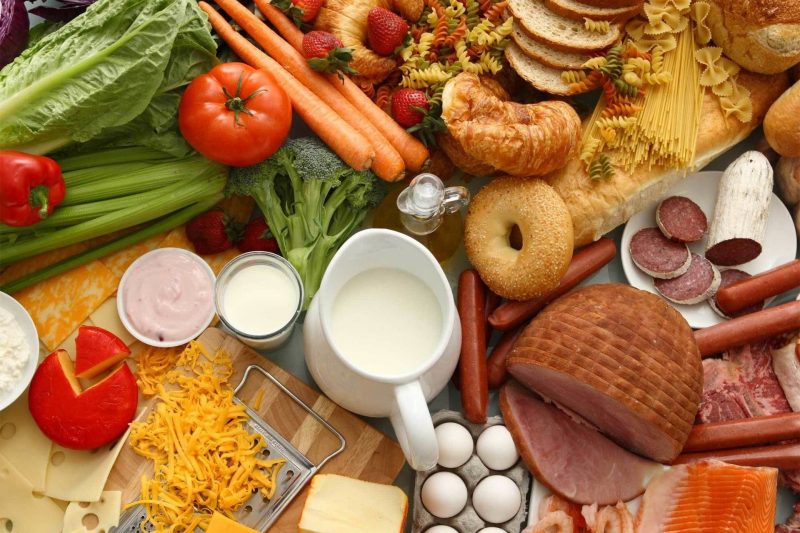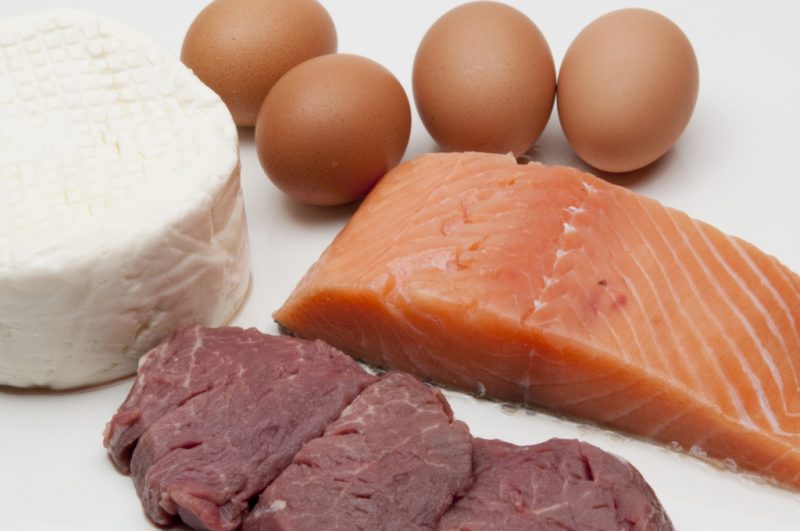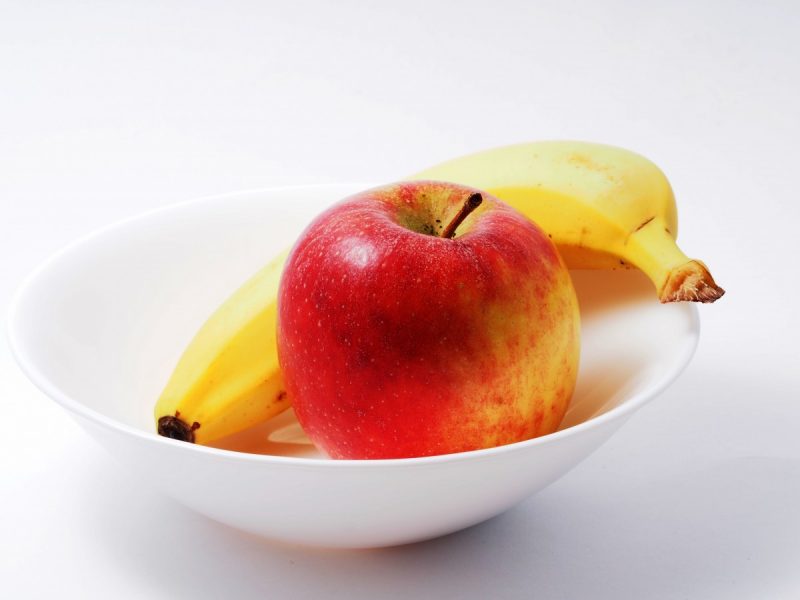Digestive problems are by no means a rarity in a modern, full of anxieties and eternal rush of life. The functionality of the gastrointestinal tract is influenced by external factors, bad habits and, of course, the human diet. Flatulence, or, in other words, bloating caused by gases, is recognized as one of the digestive problems. Unpleasant sensations are most often the result of eating gas-forming food products - their list is quite long and varied.
Material Content:
Gas-forming food: product list
A whole list of products can adversely affect intestinal function, causing gas formation.

These include:
- Dairy and dairy products. Cheese and ice cream is no exception. People suffering from lactose intolerance should expect bloating even from ryazhenka, kefir and yogurt.
- Cabbage. This includes absolutely all varieties of vegetables: Brussels, colored, red-headed, white-headed, etc.
- Legumes. From the point of view of gas generation, absolutely all representatives of the plant family are harmful: lentils, beans, soybeans, peas, beans.
- Turnip.
- Artichokes.
Allowed products before MRI and ultrasound
Often, before serious diagnostic methods, such as ultrasound or MRI, a certain diet is recommended, including refusing a number of products. This is especially true in the case of the prospect of examination of the pelvic organs or abdominal cavity. Increased gas formation can distort the real picture of x-ray results.Of course, you should not starve before the diagnosis. Nevertheless, it is best to give preference to dishes that are easily digestible and do not provoke gas formation.

This list includes:
- soft-boiled eggs (no more than 2 pcs per day);
- diet meat (boiled or baked);
- hard cheeses with a low fat content;
- fish (low-fat, baked or boiled);
- tea without sugar;
- purified water;
- porridge cooked on water (buckwheat, oat, oats, pearl barley).
Tip. Food before examination is recommended to be taken in divided portions up to six times a day. Between each meal it is necessary to maintain a gap of up to three hours.

The liquid is taken after eating (after 30 minutes). Mixing food and drinks is prohibited. If the MRI scan takes place in the morning, it is better to go for an examination without having breakfast, as in some clinics the rules for performing tomography exclusively on an empty stomach apply. The last meal, for example, no later than six in the evening. Drinking before the examination also should not be, the last sip of liquid is recommended to be done 2 hours before the procedure.
Fully or partially restricted products
It should be noted that a number of products are considered moderately gas-forming. That is, after taking them, bloating may be felt, but not critical.

- Moderate gas formation due to the use of the following products
- Carbonated drinks and kvass. After their use, the gas vent mechanism begins to work in an enhanced mode and often does not cope with the task.
- Bread (especially whole grain).
- Some fruits and vegetables (apples, peaches, bananas, carrots).
- Starchy foods (potatoes, corn, pasta). Starch entering the stomach causes an accumulation of gas in the intestines.

Minor gas formation is provoked by products from the following list:
- different types of meat (hard to digest due to the protein content that contributes to the process of decay).
- rice
- eggs
- vegetable oil.
Flatulence Combinations
There are products that cause flatulence in almost every case of their use. In this case, difficulties can arise even in people who usually do not have problems with the digestive tract.

This list includes:
- fresh pastries (especially increase the risk of gas formation, yeast dough and brown bread);
- fatty meat, fish;
- fried foods;
- vegetable salads from several ingredients;
- potatoes with meat products;
- a combination of cereals and vegetables.
By the way. Flatulence often occurs after a combination of sour-milk and dairy products with additional food, even in the case of eating nuts or fruits.
In addition to the amount of food eaten, it is also worth noting the quality of the food delivered. The uncontrolled use of foods considered gas-forming provokes overeating and, as a result, flatulence.
List of gas-forming products for breastfeeding
Nursing women are a special category of people. Young mothers try to monitor their diet so as not to provoke an upset infant's still weak intestines.

In order to prevent the problems of the digestive tract of the baby, it is worth considering the features of the action of gas-forming products during breastfeeding:
- Legumes. Enhances deposits in the intestines of mother and baby.
- Most fruits (banana, grapes, apples). These treats are not recommended for mothers in the first months of a newborn’s life.
- Carrots, celery, onions, mushrooms.
- Carbonated drinks.
- Fresh bread.
- Milk products.
- Cabbage. It is considered one of the most dangerous products for a nursing mother in terms of gas formation.
Products from this list for a young mother should be excluded or at least minimize their use.
Conclusion

Gas-forming products are capable of provoking flatulence in the body, the characteristic symptoms of which are bloating, heaviness in the abdomen, and so on.And if one group of products causes only a slight “fermentation” and does not cause severe discomfort, then a number of certain dishes are likely to create significant gastrointestinal problems. It is recommended to remember the list of products in this category, especially for pregnant women and people planning to undergo an MRI or ultrasound scan of the pelvic or peritoneal organs in the near future. The exclusion from the diet of such food will relieve unpleasant symptoms of bloating and heaviness and will return a feeling of lightness in the intestines.












